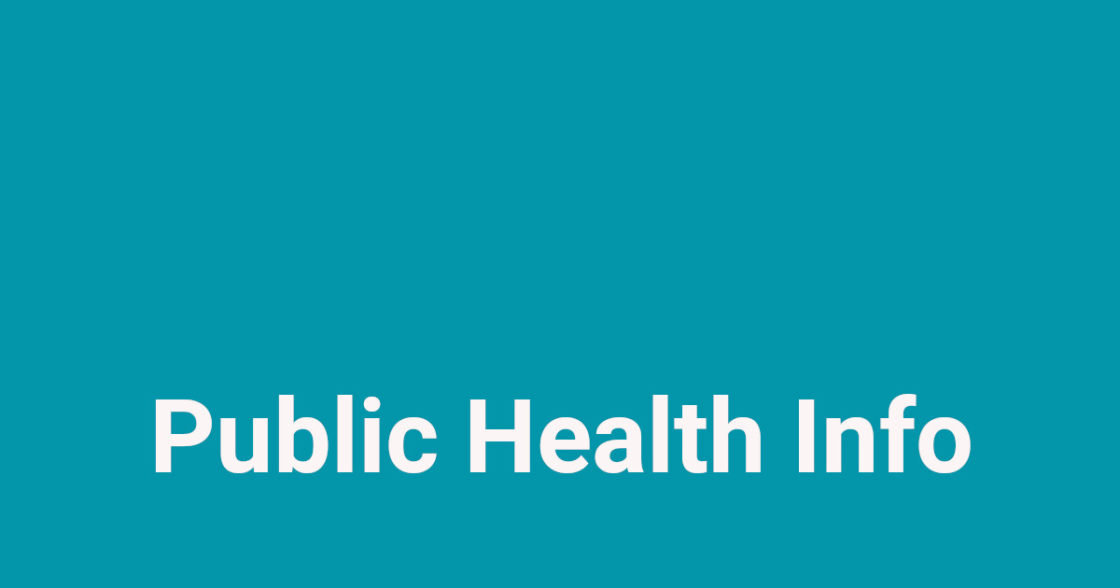THIS IS AN ARCHIVED PAGE. The advice and information contained in this page may not be current and it should only be used for historical reference purposes.

Monitoring has shown water quality in some areas overlying shellfish does not meet the standards for safe shellfish consumption at some sites
Environment Canterbury monitors microbial water quality at coastal sites on a weekly basis over summer (November to March) to determine from where shellfish are safe to eat. This monitoring has highlighted that water quality overlying shellfish does not meet the standards for safe shellfish consumption at some sites.
Sites where shellfish are not safe to eat are:
- Woodend Beach;
- Avon-Heathcote Estuary/Ihutai at South Spit, Sandy Point, Beachville Road Jetty, and Shag Rock;
- Scarborough Beach;
- Rapaki Bay;
- Okains Bay Estuary; and
- Wainui Beach.
These sites should have signage indicating shellfish are unsafe to eat.
Shellfish filter the overlying water to get their food. When filtering the water, they can also take in bacteria, protozoa and viruses that accumulate in their flesh. These micro-organisms can make people who eat the shellfish sick. To determine if the shellfish are suitable for human consumption, the concentration of the faecal coliforms (i.e. a type of bacteria) in the water overlying shellfish is compared with the Ministry for the Environment/Ministry of Health (2003) guideline values.
People should not gather and eat shellfish (either raw or cooked) from those sites listed as unsafe.
After heavy rainfall it is also not advisable to gather and eat shellfish from sites that are listed as safe due to the increased risk of increased bacterial contamination of the shellfish.
Sites where shellfish are currently safe to eat are:
- Mangamānu; and
- Spencerville Beach
You can check out www.cph.co.nz to see the most up to date information about monitored sites and where it is safe to eat shellfish
ENDS

